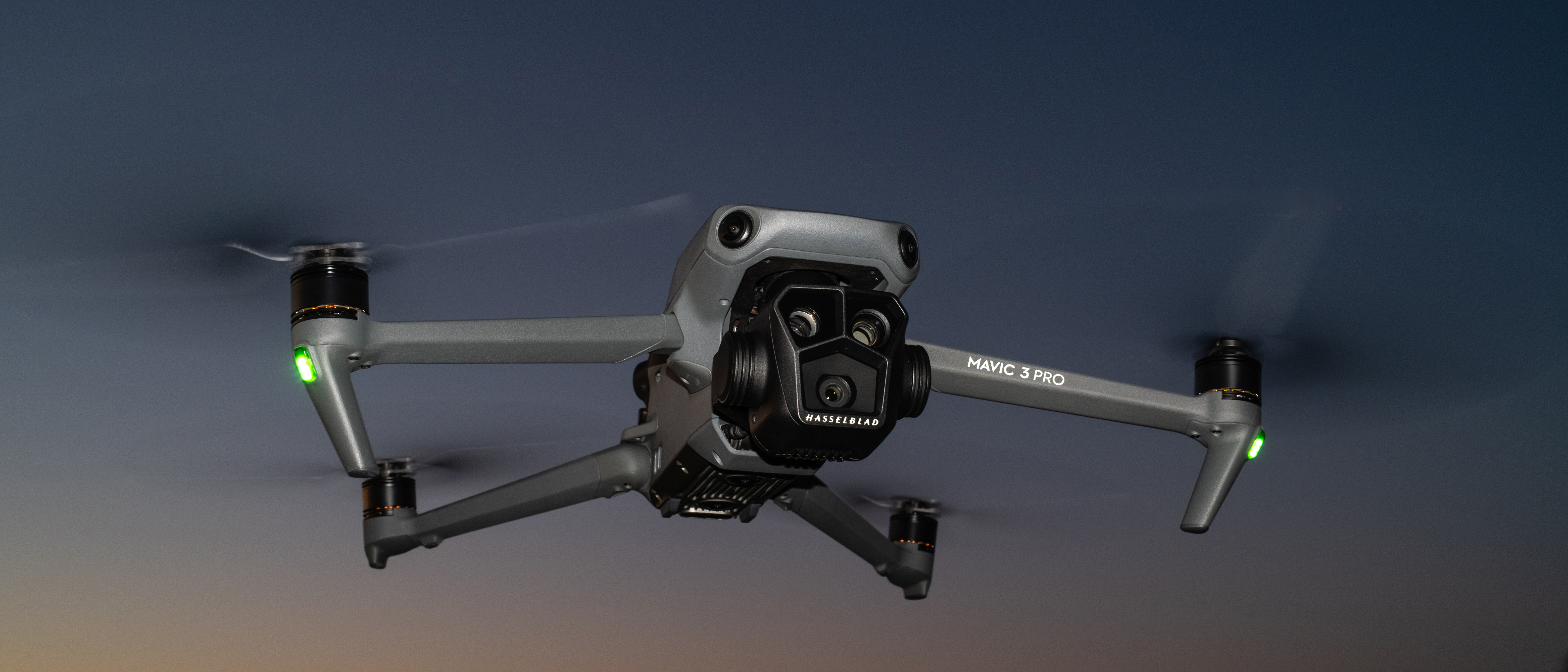Occupy Mars: History of Robotic Red Planet Missions (Infographic)

Every 26 months there is an opportunity to send a vehicle from Earth to the planet Mars along an efficient, low-energy trajectory. The trip can take six months or more. Probes to Mars often fail; as of July 2012, the success rate was 47 percent.
The Soviet Union was first to attempt to send unmanned space probes to Mars. Several failed, but in 1971 the lander Mars 2 became the first object from Earth to reach the surface of the Red Planet. Unfortunately Mars 2 crashed rather than landing softly. Its sister probe, Mars 3, did manage to land on Dec. 2, 1971. The Mars 3 lander transmitted data for a few seconds before falling silent.
The first truly successful Mars surface probes were the Viking 1 and 2 landers, sent from the United States, which touched down in 1976. The landers gathered soil samples for analysis using their robotic arms, and they thoroughly photographed the area surrounding their landing sites.
Another milestone was reached in 1997, when the Mars Pathfinder was landed by the United States. Pathfinder released a tiny remote-controlled rover, called Sojourner, which explored the Martian surface for nearly three months before contact was lost.
Update: Since the original production of this infographic, two more Mars missions have been successfully executed.
NASA's Mars Atmosphere and Volatile Evolution (MAVEN) mission launched on Nov. 18, 2013 and arrived at the Red Planet on Sept. 21, 2014. Among other things, the $671 million orbiter is helping scientists understand how Mars lost most of its ancient atmosphere.
India's Mars Orbiter Mission (also known as Mangalyaan) launched Nov. 5, 2013 and arrived at Mars on Sept. 23, 2014. The $73 million orbiter is intended to explore Mars' surface features, mineralogy and atmosphere.
Join our Space Forums to keep talking space on the latest missions, night sky and more! And if you have a news tip, correction or comment, let us know at: community@space.com.
Breaking space news, the latest updates on rocket launches, skywatching events and more!

Karl's association with Space.com goes back to 2000, when he was hired to produce interactive Flash graphics. From 2010 to 2016, Karl worked as an infographics specialist across all editorial properties of Purch (formerly known as TechMediaNetwork). Before joining Space.com, Karl spent 11 years at the New York headquarters of The Associated Press, creating news graphics for use around the world in newspapers and on the web. He has a degree in graphic design from Louisiana State University and now works as a freelance graphic designer in New York City.
